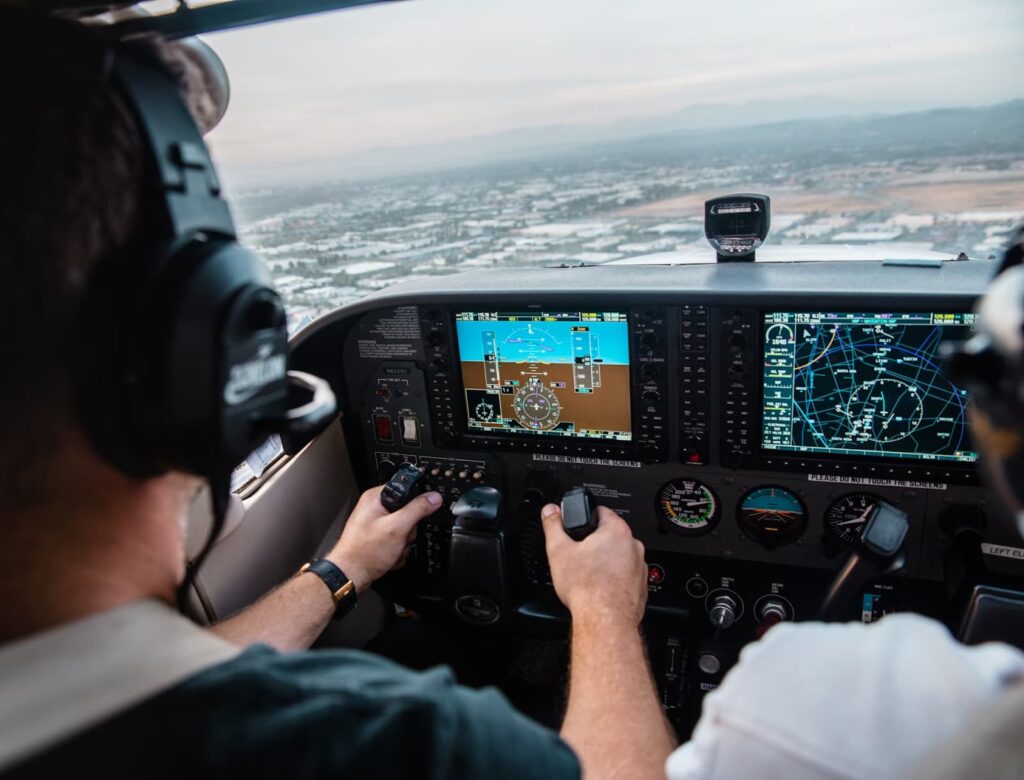Crafting a standout CV is your first step towards the cockpit in the competitive aviation industry. This guide provides a comprehensive approach to writing a CV for a pilot job, ensuring you present your qualifications and flying experience clearly and professionally. Follow these steps to create a CV that details your credentials and captivates hiring managers in the aviation sector.
Get Professional Help
The first and easiest way to get the best result is to delegate this step to someone else. If you’re unsure how to craft your pilot CV or want to ensure it’s polished and professional, consider enlisting CV writing services. They can give you the insights and presentation skills needed to make your application stand out. With a professional CV writer specializing in the aviation industry, you can tap into expertise that understands the nuances of pilot recruitment.
These professionals stay updated on the latest industry trends and requirements to tailor your CV effectively. They can also provide valuable feedback on highlighting your unique strengths and experiences in a way that resonates with airline hiring panels. Investing in a professional service could significantly enhance your chances of landing your dream job in the captain’s seat.
Understanding the Basics of Pilot CVs
Before you start writing, it’s crucial to understand what makes a pilot CV different from other professional resumes. A pilot CV must include specific aviation-related qualifications, such as flight hours, licenses, and any special certifications, presented in a way that is immediately accessible to those reviewing your application.
To make your pilot CV stand out, ensure it is structured to showcase your career achievements and readiness for the specific pilot position you are applying for. Use clear headings and subheadings to organize sections like flight experience and certifications for easy readability. Additionally, consider including a section dedicated to your safety record and any recognition you’ve received in your flying career, as these can be significant differentiators. Lastly, keep your CV concise yet comprehensive, covering all necessary information without overcrowding the document, making it easy for recruiters to evaluate your qualifications quickly.
Key Elements to Include in Your Pilot CV
When applying for a pilot position, your CV is a critical tool that showcases your professional journey and suitability for the role. Here are the key elements you should include to create an effective and compelling pilot CV:
- Contact Information: At the top of your CV, clearly state your full name, address, phone number, and professional email.
- Professional Summary: Write a brief statement highlighting your years of experience, key skills, and what you aim to bring to the role.
- Flight Experience: List your flying experience, including the types of aircraft you’ve operated and the total hours flown.
- Education and Training: Detail your educational background, focusing on aviation-related training and certifications.
- Skills Section: Highlight specific communication, problem-solving, and technical skills.
- Licenses and Certifications: Include all relevant licenses, such as your Commercial Pilot License (CPL) or Airline Transport Pilot License (ATPL).
- Professional Affiliations: Mention any aviation organization memberships demonstrating your commitment to the industry.
These components are essential in illustrating your qualifications and readiness for the pilot role. Make sure each section of your CV is meticulously detailed and tailored to the job you are applying for. This attention to detail will help your application stand out in a competitive field, putting you one step closer to the cockpit in your desired aviation career.

Presenting Your Flight Experience Effectively
Your flight experience is the core of your CV as a pilot. List your experience starting from the most recent, and include details like aircraft types, positions held, and durations. This not only shows your proficiency but also your progression in your flying career. To enhance the impact of your flight experience section, include specific achievements or milestones, such as any challenging routes flown or emergencies adeptly handled.
Quantify your accomplishments when possible, such as by noting safety or efficiency metrics improvements during your tenure. Additionally, if you have experience with international flights or have flown in diverse weather conditions, highlighting these facts can demonstrate your versatility and adaptability. For each entry, be sure also to mention any leadership roles or training responsibilities you held, as these underscore your capability to take on higher-level tasks and mentor others.
Education and training are pivotal in a pilot’s career. Besides your degree in aviation or related fields, include any specialized training programs you’ve completed, such as instrument rating or multi-engine training, which are critical for prospective employers.
Additional Tips for a Winning Pilot CV
Creating a CV that catches the eye of airline recruiters involves more than just listing your qualifications and experiences. To truly stand out, consider these targeted strategies that can make your pilot CV not only detailed but also aligned with what the industry demands:
- Tailor Your CV: Customize your CV for each application based on the airline’s values and the specific job requirements.
- Professional Formatting: Use a clean, professional format that allows easy scanning. Bullet points can help break up information and make your CV easier to read.
- Proofread: Ensure there are no grammatical errors. Errors could suggest a lack of attention to detail, crucial for a pilot.
Implementing these additional tips will refine your CV’s presentation and enhance its relevance to the positions you’re applying for. Remember, a well-crafted CV is your first opportunity to demonstrate professionalism and attention to detail – qualities every airline looks for in a pilot. Make these final adjustments to ensure your CV presents you in the best possible light.
Conclusion
Writing a compelling CV for a pilot job involves more than listing your experiences; it requires a strategic presentation of your career trajectory, skills, and education. By following the guidelines outlined in this article, you can construct a CV that reflects your qualifications and catches the eye of aviation recruiters. Remember, a well-crafted CV is your ticket to advancing your career in the skies.
